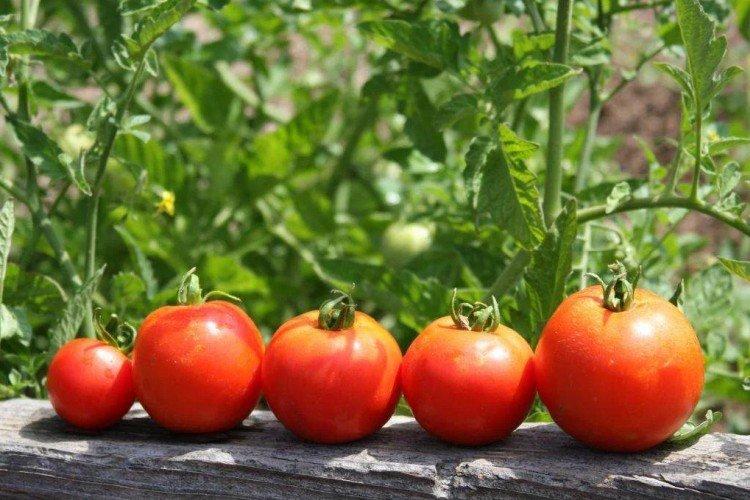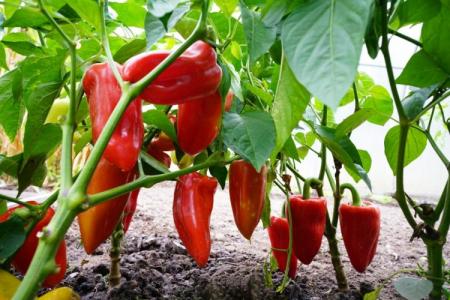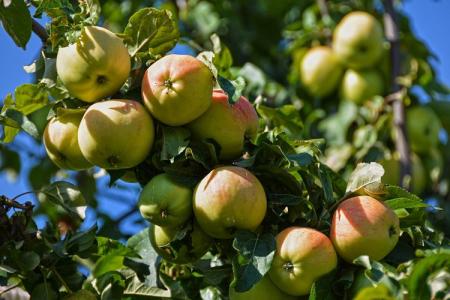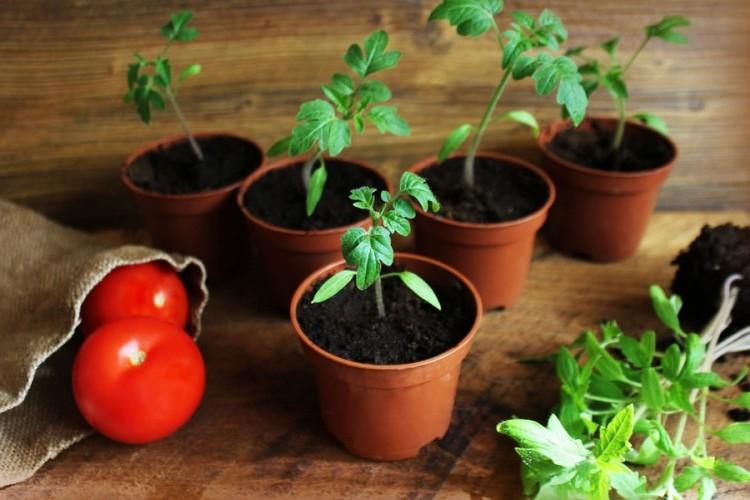
Tomatoes are one of the most unpretentious inhabitants of a summer cottage. While cucumbers need a generous nitrogen fertilization, tomatoes practically don't even need it. Therefore, before you start looking for fertilizers, make sure that you definitely need them!
How to understand if top dressing is needed and what is missing?
If tomatoes grow in poor soil - everything is clear, they need complex fertilizers. But if the soil is good and fertile, you have to figure it out. It is best to target the leaves, which immediately reflect the condition of the plant.
If the leaves turn yellow, and the veins on the back turn brown or red, you need to add nitrogen. If they are wrapped in tubes inside, there is not enough phosphorus. If the upper leaves are deformed, and the lower ones dry at the edges, the point is potassium.
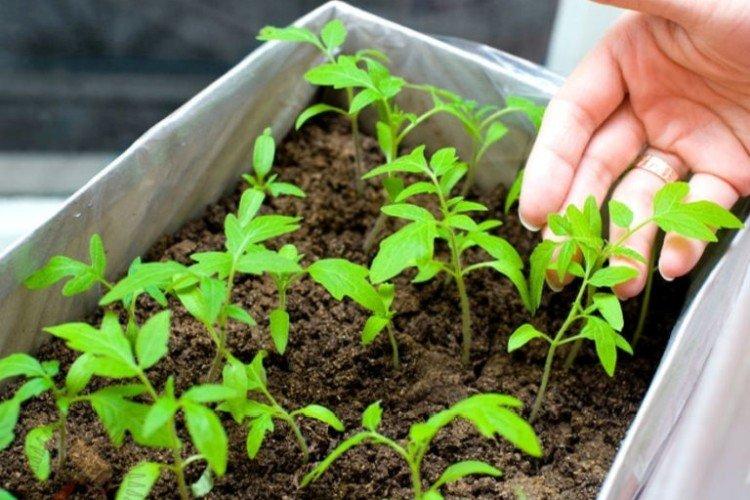
Pale yellow spots and deformation of young plates are indicators of calcium deficiency. Yellowness with green veins indicates a lack of iron. And if the leaves fade and turn blue, the tomatoes definitely lack copper.
The main component for the growth of tomato seedlings is nitrogen, but it is aggressive. It is important not to overdo the dose, because the rhizome will burn out, and the fruits will be slightly edible. If your tomatoes grow in good soil and look healthy on their own, there is no need to feed them. Overfed tomatoes are more sick and bear little fruit.
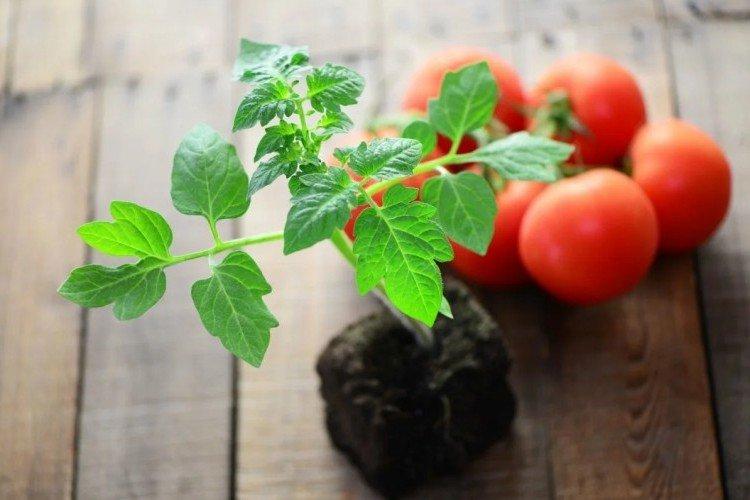
The best time to feed tomatoes
Tomatoes are fertilized from the moment of planting seedlings in pots or boxes. Carry out the first feeding to the second or third real leaf. Apply the next two portions of fertilizer every 10 days, and the last one a week before planting in open ground.
The first feeding on the site is carried out 2-3 weeks after planting the seedlings. At this time, they begin a phase of active growth, therefore, fertilizers are needed for juicy large fruits.
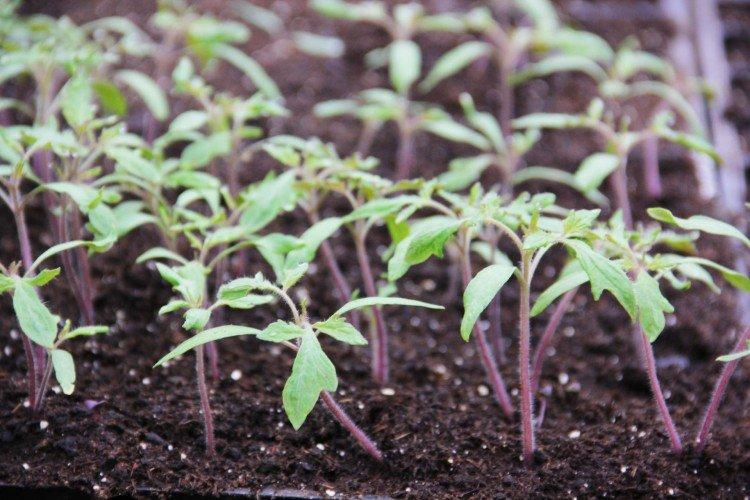
Fertilizers for feeding tomato seedlings
If you have the right soil, tomatoes don't really need mineral fertilizers. The fact is that they are more aggressive than organic ones, therefore they can rather harm the seedlings. Use them only if there are clear signs of deficiency!
Organic
Manure is the most widespread, environmentally friendly and safe fertilizer for tomatoes. Dilute it with water in equal parts and let it brew for a week to get a concentrate. A liter of concentrate is enough for a bucket of water, and a liter of ready-made solution is enough for one bush of tomatoes.
Chicken manure is rich in useful trace elements, therefore it is ideal for seedlings in spring. Dilute it with water in a ratio of 1 to 10, let it brew and use a liter per bush. In no case do not exceed the dosage so as not to burn the root system.
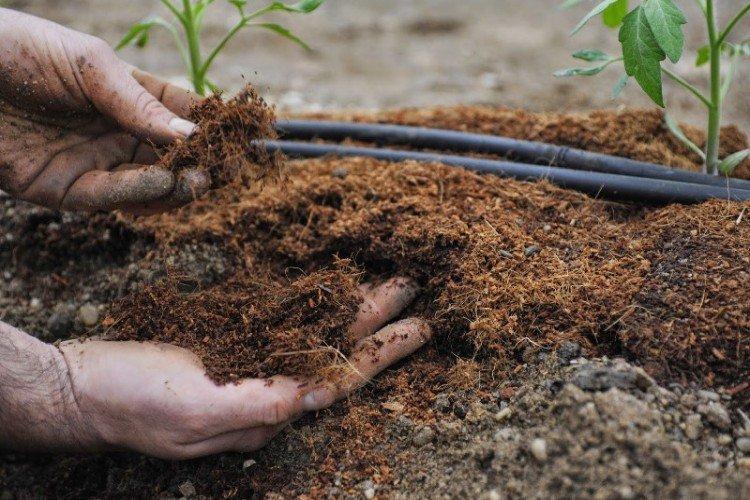
Mineral
Mineral fertilizers quickly and effectively compensate for the lack of trace elements in the soil. Potassium is needed for the development of the root system and strengthening the immune system. Phosphate - for the growth and stabilization of metabolic processes. Nitrogen - to stimulate the growth of a young plant immediately after planting.
Potassium sulfate is used at the rate of 20 g per square, and be sure to wear seals. Urea granules for tomatoes are scattered at 4-5 g per square, closer to the roots. Ammonium nitrate is dissolved in a proportion of 10 g per 5 liters of water and poured strictly under the root. The approximate consumption of convenient complex mixtures is 30-40 g per square.
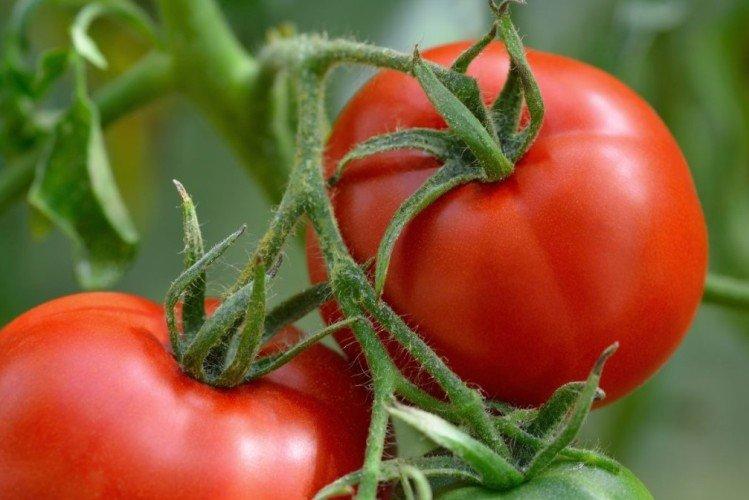
Folk remedies
In addition to classic mineral or organic fertilizers, there are various recipes available. These are ash with yeast, which is used almost everywhere, herbal infusions, banana peels, eggshells or coffee grounds!
Feeding tomatoes with ash
Ash perfectly compensates for the lack of nutrients and improves soil characteristics. For 10 liters of water, you need half a liter of dry wood ash.Stir the mixture well and add half a liter under each root.
For spraying, dilute 300 g of ash in 3 liters of water, boil the mixture for half an hour and let it brew overnight. Add more water so that the total volume is 10 liters, and rub some laundry soap. Strain the solution, pour it into a spray bottle and spray the tomatoes in the morning or evening.
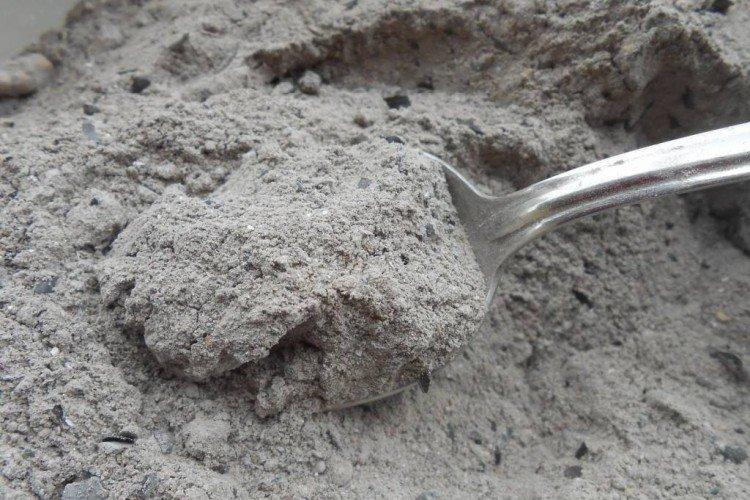
Feeding with yeast
Dilute 100 g of fresh yeast and tomato bushes in a bucket of water. To make a solution of dry yeast, dilute 10 g in the same 10 liters of water, add 3 tablespoons of sugar and let it brew for 3 hours before use. Yeast is more of a growth stimulant than a mineral supplement, so they need to be combined with other fertilizers.
Top dressing of tomatoes with nettle infusion
The leaves of young nettle contain nitrogen, potassium and iron - what is needed for tomato seedlings. Fill two-thirds of the bucket or barrel with grass and a fraction of the water. Leave the tincture for 10-14 days so that it ferments, dilute a liter in a bucket of clean water and add 2-3 liters under each bush. Other grasses and weeds can be used with the nettle.
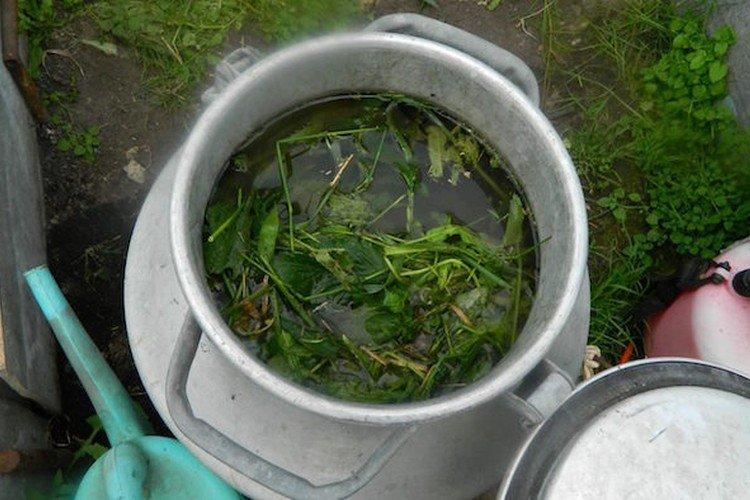
Banana peel feeding
Bananas are very rich in potassium - one of the main trace elements for tomatoes. And during transportation, they are processed with special ripening substances, which accelerate the growth of seedlings. Wash the peel well with soap and add to the bottom of the pots when picking.
To prepare a banana infusion, pour 3 peels with 3 liters of water and leave for 3 days. Dilute the finished concentrate with clean warm water 1 to 1 and water the seedlings with it. This is a good fertilizer for tomato seedlings from one and a half months.
Feeding tomatoes with iodine
It is the most affordable, simple and popular antiseptic that reduces the risk of rot and fungus. With iodine, the ovaries form better, and the fruits grow faster. For watering, add 3 ml of iodine to a bucket of water, mix and add half a liter under each bush.
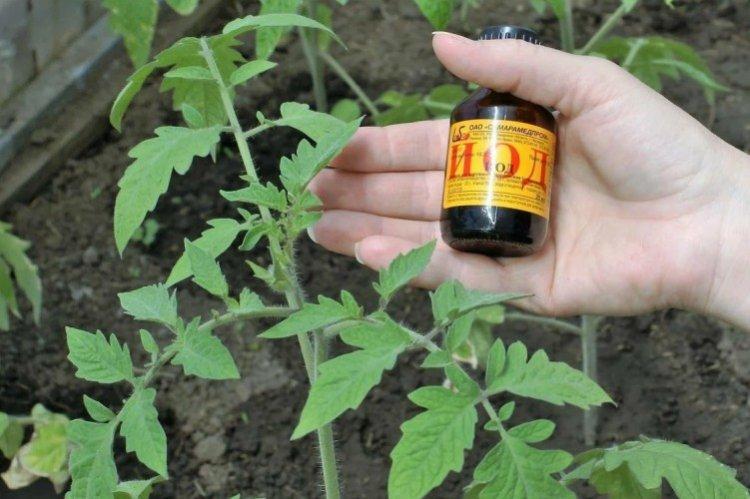
Top dressing tomatoes with coffee grounds
Coffee contains all the useful elements that tomatoes need, and also lightens the soil and makes it looser. Due to this, more oxygen is supplied to the rhizomes. The thick is used when planting, mixing the place with the soil in equal proportions.
Egg shell feeding
Eggshells are loaded with calcium, phosphorus, potassium and silicon. Take the shell of 4 raw eggs, wash, dry, pour 3 liters of water and let it brew for 3 days. Or grind the shell in a coffee grinder, pour a liter of boiling water and leave for 6 days. But such a concentrate must be diluted once again in 10 liters of water before use.
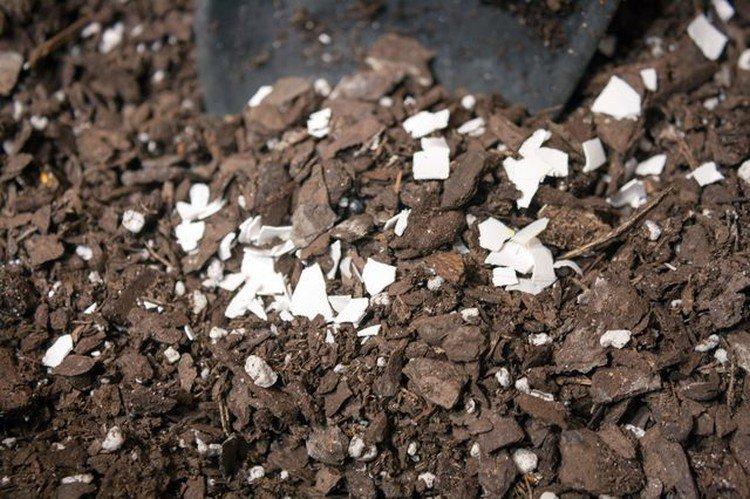
How to feed tomato seedlings so that they are plump?
Potassium is especially important for the ripening of plump and fleshy tomatoes. Alternate root dressing with foliar, but then make the solution half as concentrated. After the formation of fruits, spray them with sulfate or potassium nitrate, or potassium magnesium (0.5 tablespoons per 10 liters of water).
After germination
For the first feeding of tomatoes, use complex fertilizers or mix urea, superphosphate, potassium sulfate (1: 8: 4 g) with 2 liters of water. From natural fertilizers, ash, yeast, or banana peels are suitable.
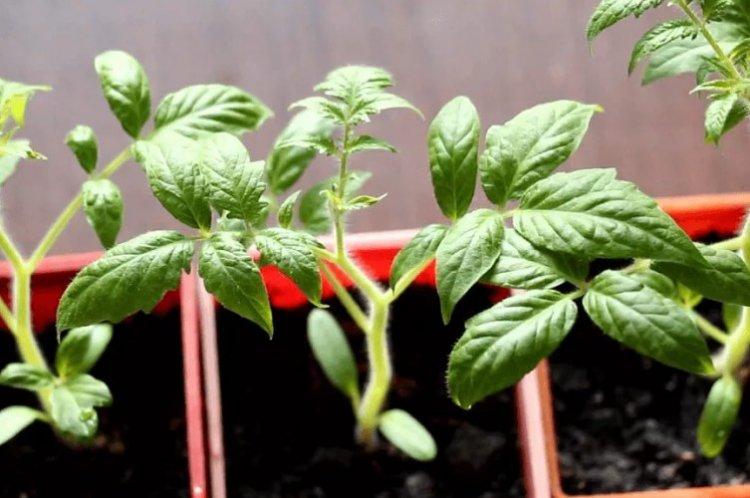
After the pick
At this time, it is the root system and immunity of tomatoes that are most actively developing. But first, tomatoes need to adapt in a new place and in a new soil. Apply the first fertilizers after 2 weeks, and after 2 more, apply the second fertilization.
The organic solution should be weak so as not to burn the delicate seedling. For example, the concentrate from poultry manure is additionally diluted 1:12, and from mullein - 1: 7. The second dressing can be slightly more concentrated: 1:10 and 1: 5, respectively. After fertilization, the seedlings are immediately fields in order to wash off the remnants of additives and help the liquid fertilizer to be absorbed faster.
When planting tomatoes in open ground, put compost or humus in each hole. For development, use complex mineral fertilizers: 1 tbsp. superphosphates and 2 tbsp. potassium sulfate per square.
